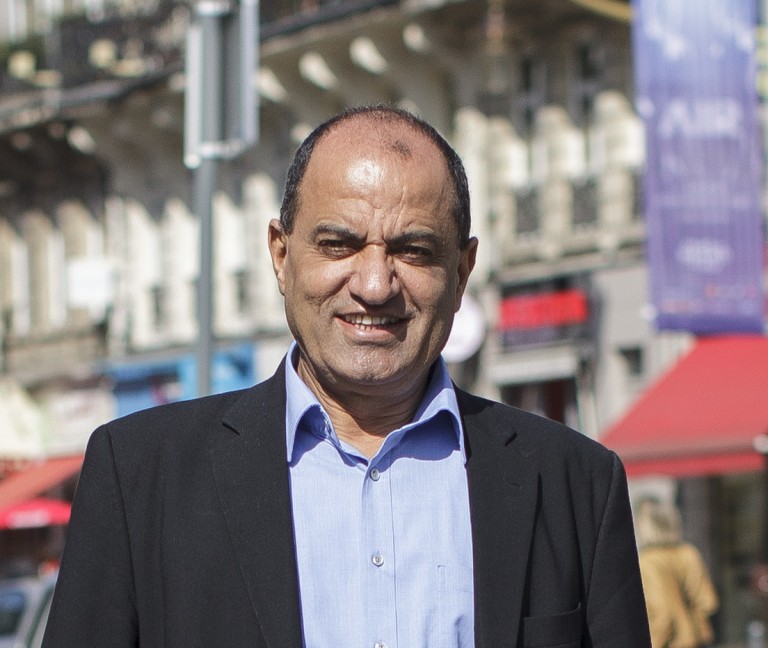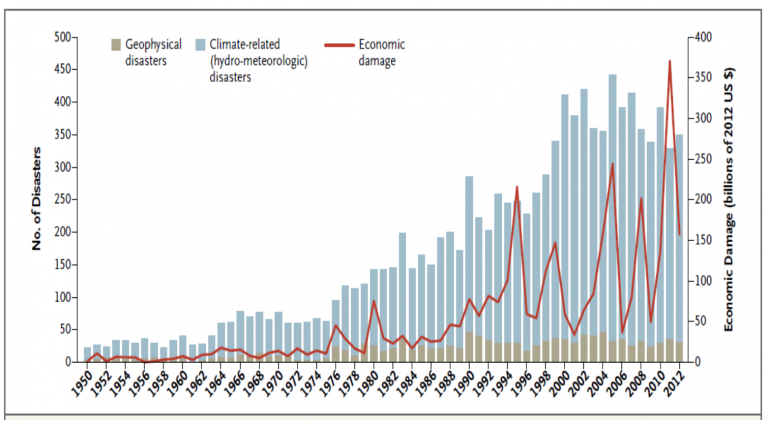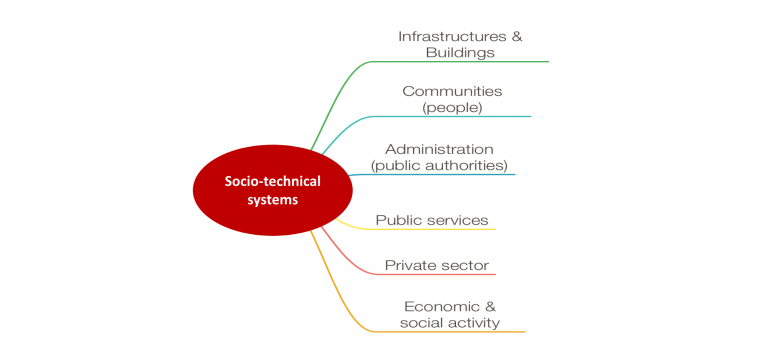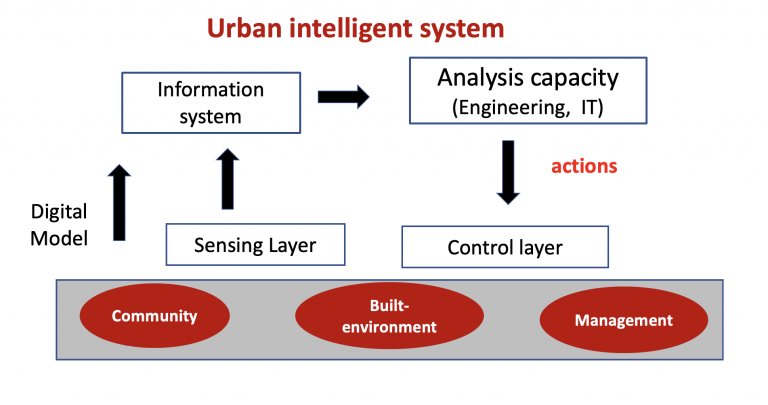How to help improve infrastructure resilience with smart technology
- 25 March 2021
- Francien Horrevorts
- Knowledge Infrastructure
How can smart technology help improve infrastructure resilience? This is the question that professor Isam Shahrour addressed during his talk on the Polder2C’s partner meeting recently.
Isam Shahrour
Isam Shahrour, distinguished professor in Civil Engineering & Smart Cities, has been working for the University of Lille for 30 years now, and he represents this university as partner of the month of March. Let’s find out what we can learn about the link between smart technology, infrastructure resilience and disaster management.

Impact of climate disasters on infrastructure
As we analyse international data about climate change, it is evident that since the 1950s we have a high increase of climate related disasters and that climate change has an enormous economic impact. Moreover, the consequences on infrastructure are huge as well. Our infrastructure is designed for certain levels of intensity and frequency of hazards that have already been surpassed. To ensure the safety of both inhabitants and built environment, these infrastructures should be upgraded to face new hazard challenges.

Solutions
What can we do to solve this problem? There are two possible solutions. First of all, we can upgrade existing infrastructure. That is a big investment, takes a lot of time and for some of the infrastructure this solution is impossible. Secondly, smart and resilient infrastructures: adapt infrastructure to new circumstances. This can be done by combining socio-technical systems, resilience approach and smart technology.
1. Socio - technical systems
Socio-technical systems are made up of various elements such as buildings, infrastructures, communities (people), administration (public authorities), public services, private sector and economic and social activity. All of these components are affected by hazards and they are also interdependent and influencing each other. A good strategy to recover from climate disasters, includes all of these elements. The goal is to find a way to design our systems so we can reduce the damage as well as the recovery time.

2. Resilience approach
The second element is the resilience approach. For this approach information and data is key. It is an information system that exists of historical and real time data concerning the occurrences of hazards, from the early phase until the recovery and adaptation phase of a disaster. All these data help improve our understanding of the responses of socio-technical systems to these hazards. Combined with Artificial Intelligence the aim is to reach a level of recovery that is higher than before.
3. Smart technology
The third part is smart technology. Smart technology is inspired from human intelligence, it has the capacity to learn from experience. We want to learn from disasters to improve the strength and adaptation capacity of our systems to face new challenges. In order to use the concept of intelligence, a digital model is needed. Consequently, data from all the different elements of the socio-technical system are imported into the information system and transformed into smart services.

The internet and disaster management
A helpful development is that nowadays we live in a connected world due to the internet. This enables us to gather much more information and make many more cross links between data. These data and new technologies are also used for disaster management. Examples are apps on mobile phones that can be used to predict climate hazards. Data from videos, drones and social media are used for disaster management as well. Social media for instance helps to analyse the impact of the hazard in a specific area, monitor emotions or improve disaster response.
Resilience approach and smart technology
For an effective combination of the resilience approach and smart technology, hazard management data and smart city data need to be connected. For smart resilient systems two analysis tools, the Big Data tools and Artificial Intelligence are prioritised. It is necessary to choose what to focus on since not a lot of time is available when disasters occur. The early phase is one of the most important phases of disaster. Smart and resilient system services can offer much more rapid action, which can minimise the damage to a great extent. Furthermore, this approach can affect many systems for the recovery phase as well. It can reinforce adaptive capacity through community involvement, improved emergency response and so on.

Valuable approach
This approach, combining the three elements, is really valuable for hazard management. It is a new area, so we need experience and we need to learn from pilot projects. The Polder2C’s partners are eager to discuss if additional experiments can be included or designed during the project to help Isam Shahrour’s research and project.
Watch full presentation
For more detailed information and the full presentation of Isam Shahrour, watch the video.
University of Lille and Polder2C’s
The University of Lille is one of the thirteen project partners of Polder2C’s. Their contribution to the Polder2C’s project concerns two subjects. One is the design and construction of a Data Wizard about infrastructure knowledge. They answer the question of how to transform data into knowledge and to share the knowledge. The second subject is numerical modelling of soil erosion during flood.
Read more
Did you like this article? You may also like to read the interview with Isam Shahrour that we shared earlier.
